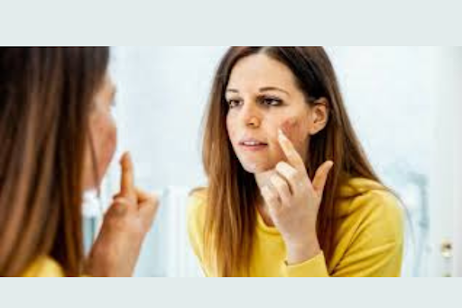What is Hyperpigmentation?
What is Hyperpigmentation?
Hyperpigmentation is a common skin condition that causes patches of skin to become darker than the surrounding areas. This happens when the skin produces excess melanin, the pigment that gives our skin its color. While hyperpigmentation is usually harmless, it can be a cosmetic concern for some people and can affect their self-confidence. Hyperpigmentation can occur in people of all skin types and tones, but it's more common in people with darker skin.
Causes of Hyperpigmentation
There are several factors that can cause hyperpigmentation, including sun damage, hormonal changes, genetics, and certain medications. UV rays from the sun can stimulate the production of melanin, leading to dark spots on the skin. Hormonal changes, such as those that occur during pregnancy or while taking birth control pills, can also trigger the production of melanin. Some people may be genetically predisposed to hyperpigmentation, while others may develop it as a result of certain medications or medical conditions.
Types of Hyperpigmentation
There are several types of hyperpigmentation, including melasma, post-inflammatory hyperpigmentation (PIH), and age spots. Melasma is a type of hyperpigmentation that typically appears on the face and is more common in women. PIH is a type of hyperpigmentation that occurs as a result of an injury or inflammation to the skin, such as acne or a cut. Age spots, also known as liver spots, are dark spots that appear on the skin as a result of aging and sun


Comments
Post a Comment